13 Original Toppings for Your Noodles
Enhance your ramen experience with some intriguing toppings. A list of 13 authentic preparations to surprise your taste buds and eyes.
If you’re not yet a subscriber and like The Ramen Bowl, leave your email to start receiving all the new posts directly in your inbox! 👇
Introduction
In this post, you will find 13 original ideas of items to use as a topping.
Some are niche, and some are a bit more popular. Some are full recipes, some are hints, some do not need to be precise and just require a pinch of this and a dash of that.
Whether you want to taste something new, surprise your guests, or have fun reading something you would (maybe) never put on a bowl, this post is for you.
Toppings
Soy marinated egg yolk
Marinating egg yolks in soy sauce renders them to a custard-like consistency and a marked soy flavor. These are perfect on a Mazemen (brothless ramen).
Gently separate egg yolks from the whites and add them in a sealable container with 4 parts soy sauce and 1 part mirin (plus aromatics, optionally).
Let marinade between 8 and 24 hours.
Roasted Tomatoes
You will not believe how great and simple these are.
Tomatoes are a great source of umami thanks to their natural glutamate content. This even improves when most water is removed from the tomatoes, leaving a concentrated red flavor bomb.
Roasted tomatoes can be done in a few hours without supervision in an air-fryer or oven, simply sprinkling sugar and salt on top with a few drops of oil.
Preheat your oven to 120 °C.
Slice the tomato in half lengthwise (the result is two round, big disks of tomato).
Season the tomato with salt and pepper, and drizzle with olive oil. Then place them on a baking sheet.
Roast the tomatoes in the oven for around 2-3 hours until they are soft, colored, and have shrunk in size.
They make a great addition to Vegan Ramen.
Caramelized Fried Spam
Spam-like meat is kind of popular all around East Asia and is especially liked in South Korea, where it was introduced by the US during the Korean War.
Here is a quick and easy stir-fried Spam recipe with a flavorful soy glaze.
Cut the Spam into 0.5-1 centimeter thick slices.
Slightly preheat a pan on low heat.
Add the Spam slices to the pan and stir-fry for a few minutes until golden brown and crispy on both sides.
Meanwhile, in a small bowl, combine equal parts of soy sauce and mirin. For around 300 grams of Spam, I use 2 tbsp of each.
Add a tsp of sugar and stir to dissolve.
Turn the heat to low and add the liquid to the pan. Stir making sure to spread the marinade on all the slices.
Serve immediately.
Spiced Ajitama
Ajitama (marinated soft-boiled eggs) are hardly ever spicy. So why not twist it?
Take my Ajitama recipe as a base, which already includes some spices, and try adding pepper or hot chili to it.
Want to make your egg look red and hot? Use leftover Kimchi juice as a brine!
Preserved Chinese Veggies
If you never heard of Zha Cai, it is a unique type of preserved mustard plant and radish. Its flavor is sour and salty, but it also includes many spices and comes in hot versions too.
Chinese pickles are unlike Western pickles in flavor, marinades, and texture. They are perfect to add a tangy and crispy turn to a bowl.
Many variations are suitable for ramen such as radishes, cucumber, carrot, plum, turnip, and cabbage.
Stir-Fried Kimchi
Speaking of preserved vegetables, kimchi could also add depth of flavor and texture to some bowls.
Cut the kimchi into bite-sized slices.
Toss it in a preheated pan with a splash of vegetable oil, a pinch of sugar, and a teaspoon of gochujang.
Stir for a couple of minutes, then turn the heat off and drizzle with sesame oil.
Soy-glazed Grilled Eggplant
Hongshao eggplants are coated, fried, and glazed with a soy sauce dressing. Believe me, these are addictive on everything from rice to noodles to ramen.
See my full recipe here.
Caramelized Onions
Caramel flavor is something that is barely ever found in ramen.
On the other hand, onions, in various forms, are an evergreen addition to any kind of bowl.
Some interesting ways to caramelize onions (or shallots) to be used on ramen is to include honey, balsamic vinegar, or sake.
Peel and thin-cut a few onions.
Cook the onions in a pan on medium heat with generous butter, a full tablespoon of honey (or sugar), and a pinch of salt.
After a few minutes, when the onion starts getting golden, deglaze the pan with around 50 milliliters of balsamic vinegar or sake.
Reduce the heat to low and let it cook for 10-20 minutes until all the juices are evaporated and the onion is soft.
Pickled Onions
Making pickled onions at home is incredibly simple.
Also, they are great on aburasoba (brothless ramen).
This recipe for Japanese-inspired Pickled Red Onions is the perfect acidity touch on some bowls of ramen.
Roasted Leeks
The idea is to nearly burn the outside of the leeks to enhance their flavor in contrast with their sweetness. Also, it gives a pretty nice visual appeal.
Remove the roots and the dark green part of the leeks. Just keep the straight and light-colored part in the middle.
Up to your preference, cut the leeks in two lengthwise, cut them into quarters, or even slice them into 4-5 centimeters cylinders.
Cook at medium-high temperature in a skillet with just some oil and salt for 5-10 minutes, until grill marks appear.
Mandarin Coppa Chashu
Citrus goes pretty well on ramen.
Here is my mandarin-flavored Chashu recipe to surprise your taste buds.
Honey Roasted Potatoes
I think I saw this from a Korean guy's video a long time ago and probably adapted it in my head. Here it goes.
Peel and cut potatoes in big chunks.
Pre-boil the potatoes for a few minutes, then drain water.
Shake the potatoes to crumble some of the external layer. This will make them crispy.
Toss the potatoes in a baking tray, drizzle with oil, and give it a shake. Then cook in the oven until done, crispy, and golden brown.
Transfer the cooked crispy potatoes to a hot pan with a sauce made with honey, water, and a few splashes of soy sauce.
Glaze the potatoes with the caramelized sauce and serve.
Confit Garlic
Cooking garlic confit (aka slowly cooked in oil) will get you two things: a great aroma oil and a bunch of soft and sweet garlic cloves.
The process is fairly simple.
Separate and peel the garlic cloves.
Put all the garlic cloves in an oven-safe container.
Optionally add aromatics such as Sichuan Peppercorns, cinnamon, and bay leaves.
Cover the whole content with oil.
Cover the container with a lid or aluminum foil.
Cook in the oven (or air fryer) at 150 °C for around ~90 minutes.
Use a few confit garlic cloves directly as a topping, or mash them to form a creamy garlicky ball.
What You See Is What You Get
What are toppings in ramen?
Toppings are sometimes what distinguishes a ramen from another in some shops.
Toppings are what some people eat first.
Toppings are also the very first thing you get to see in a bowl. It is what makes it appeal and what gives texture, even visually, to a ramen.
Toppings are almost as important as soup, tare, aroma oil, and noodles.
Don't skip on your toppings.
— The Ramen Bowl - ◡ -
If you’re not yet a subscriber and like The Ramen Bowl, leave your email to start receiving all the new posts directly in your inbox! 👇

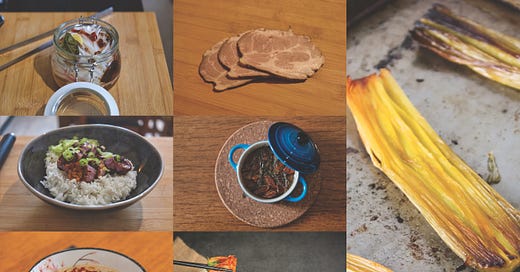





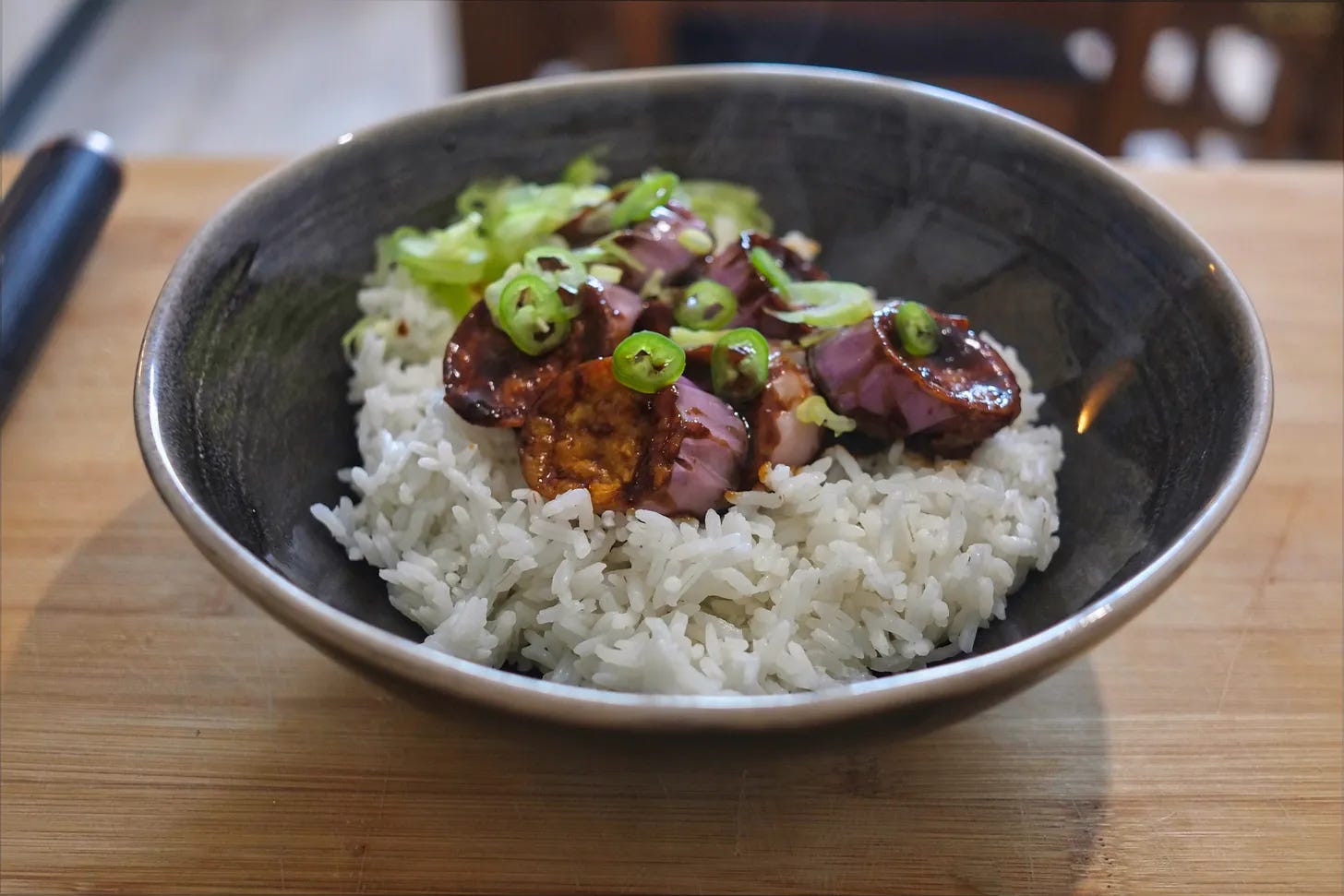
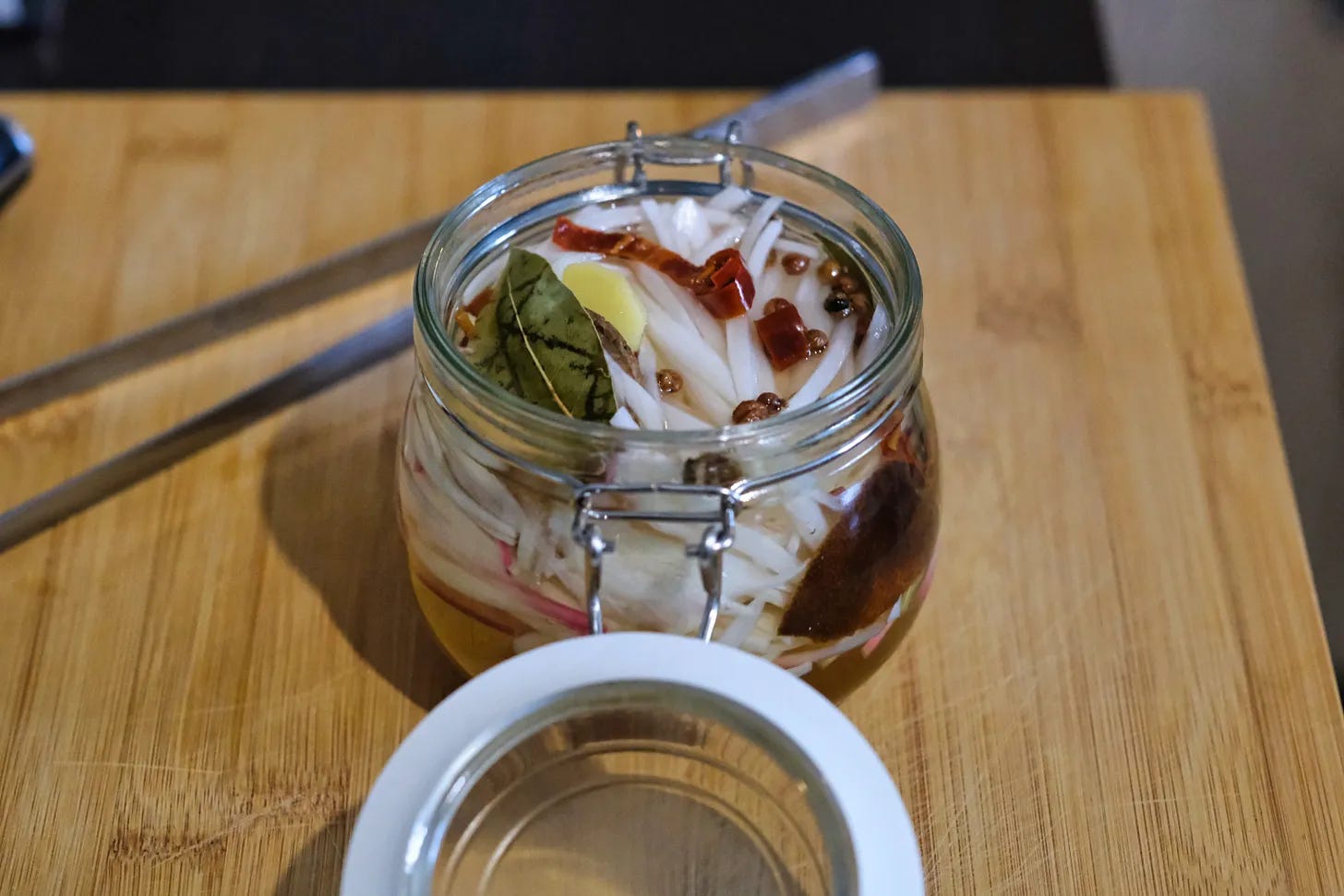
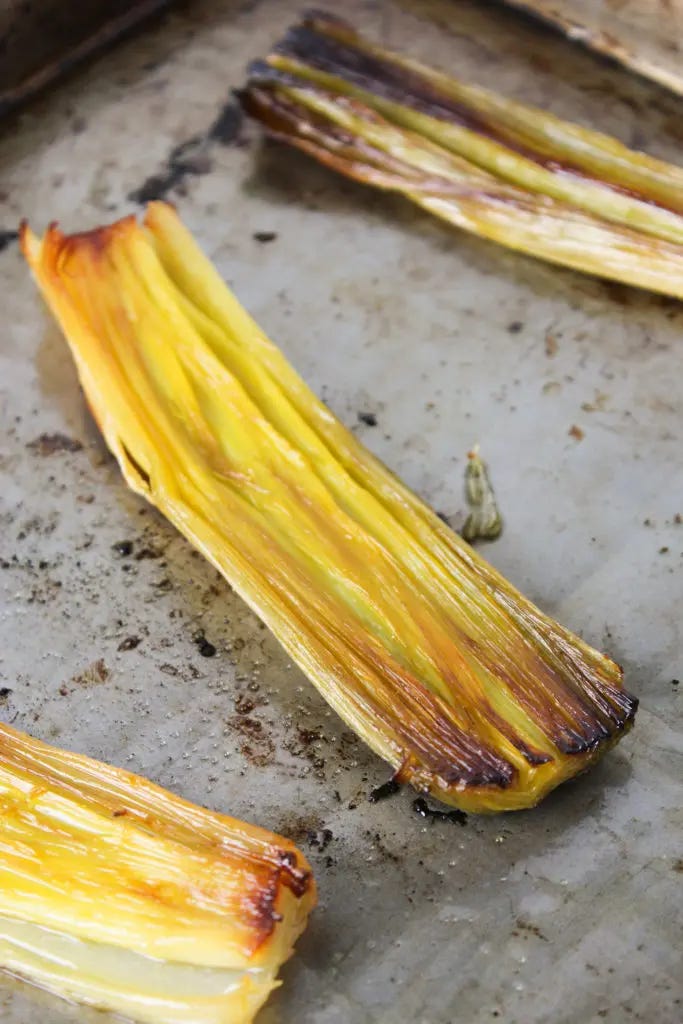
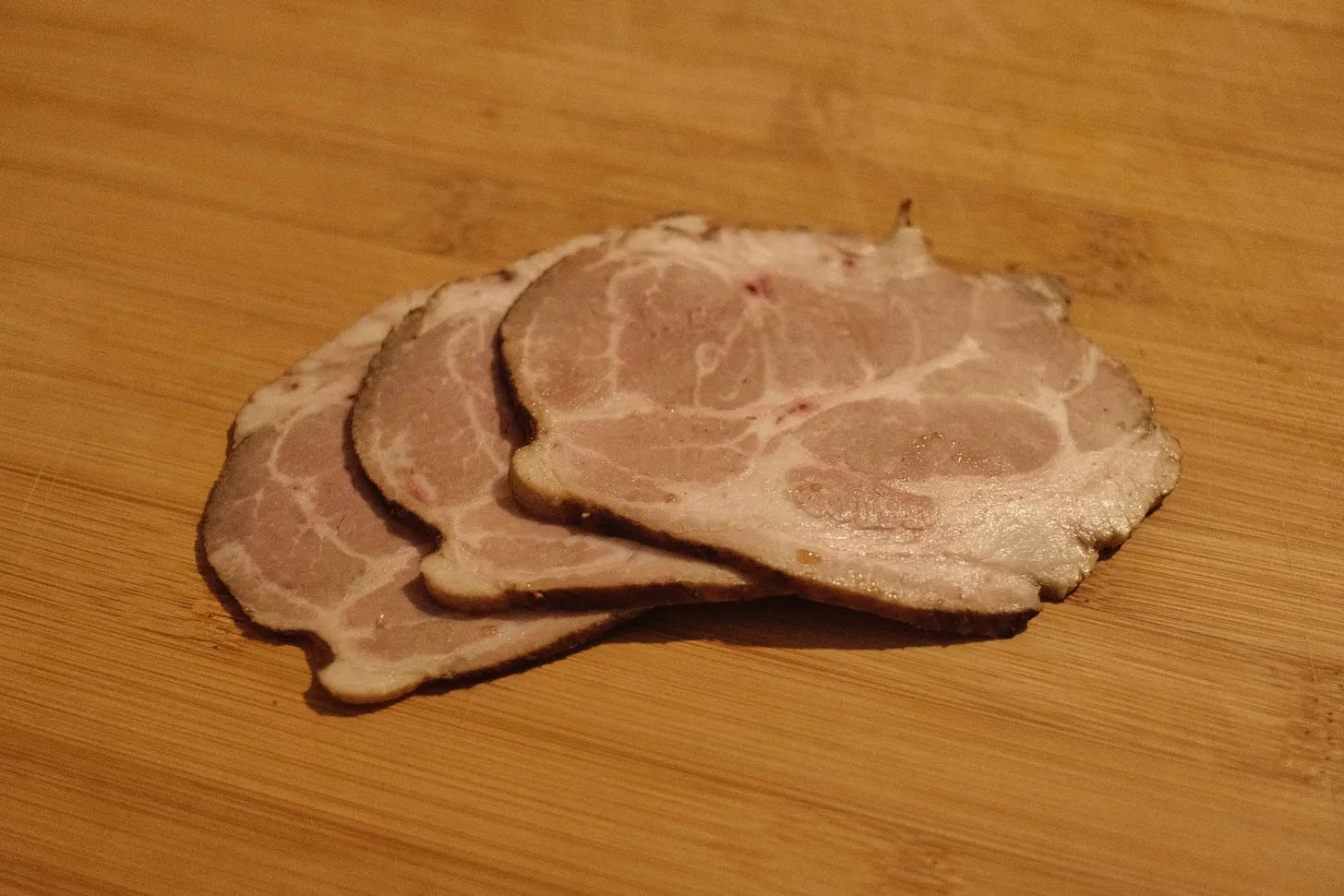
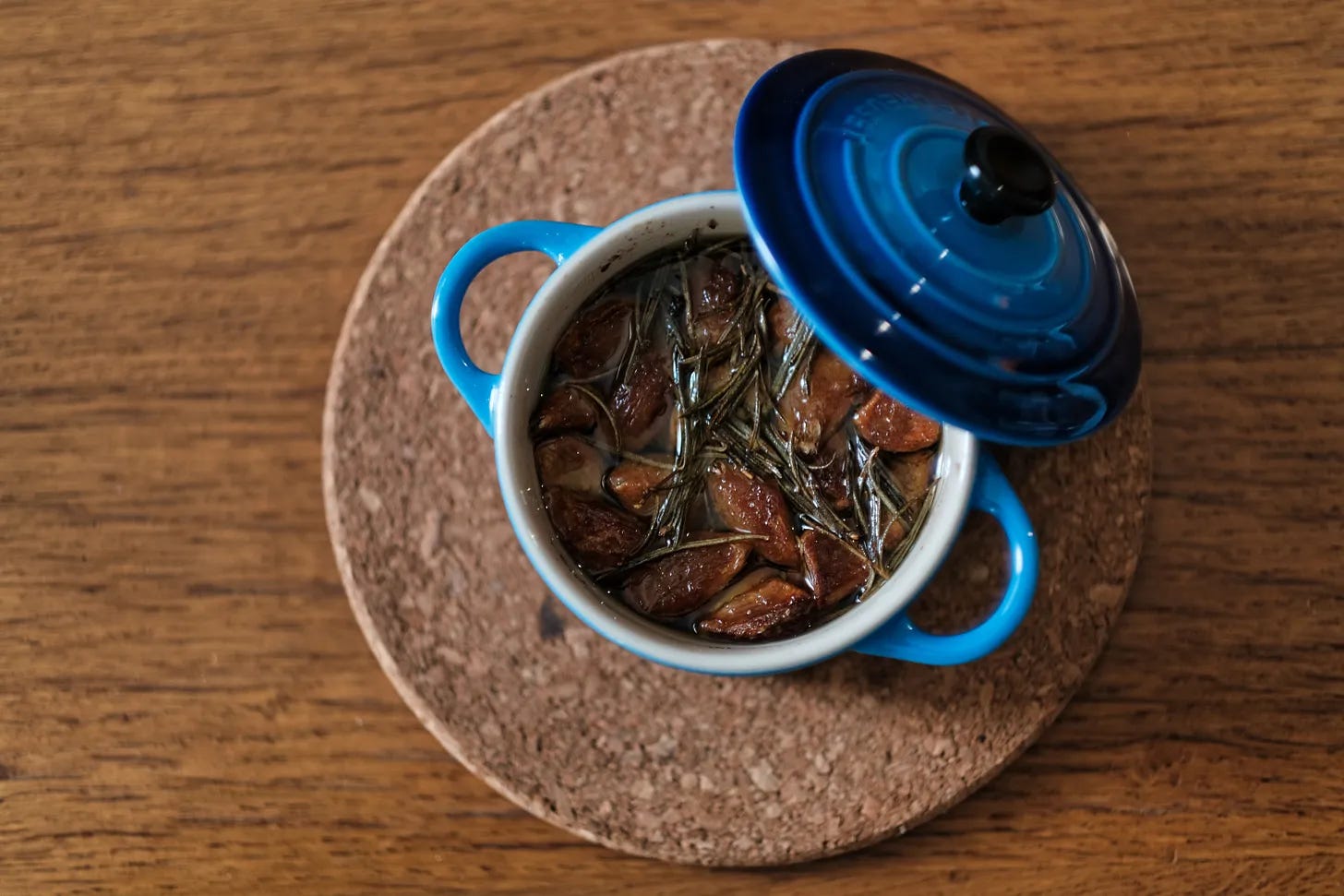
An excellent bowl of ramen is one of the great culinary joys in this world - thank you!
Thank you once again for a great post with terrific ideas for things to add to Ramen, plus the instructions as to how to prepare them